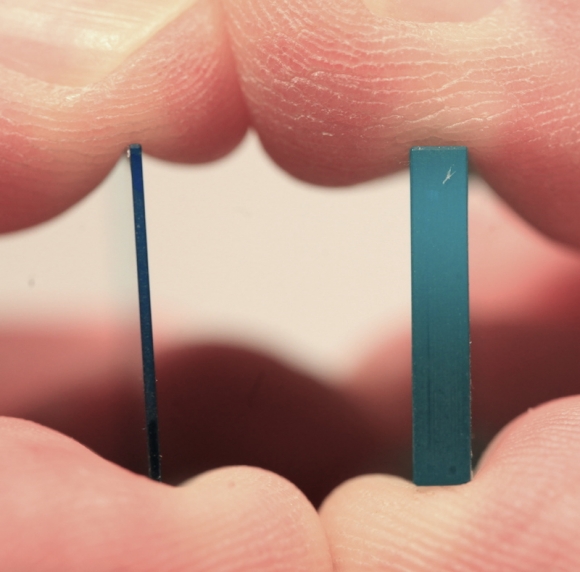Use a lens adapter, kill the quality?
posted Friday, June 6, 2014 at 4:50 PM EDT
That smokin'-hot lens you're using on your Micro Four Thirds, Sony E-mount, or Fuji X-mount camera may not be living up to its reputation, and it's not the lens's fault.
The growing popularity of Micro Four Thirds, E-mount and FE-mount cameras have spurred the creation of numerous adapters from companies like Metabones, Redrock and Novoflex. The promise of complete cross-platform portability (at the expense of a bit of size and weight) is tempting for committed Nikon and Canon shooters looking to test the mirrorless waters. However, just-published research by Roger Cicala of LensRentals has uncovered some major downsides to mixing-and-matching your lens collection like this.
Almost all digital sensors have some amount of optical glass placed in front of them. This optical stack may serve as protective cover glass, optical low pass filter (OLPF) and infrared filter. Silicon sensors need infrared filters to prevent infrared light from swamping the sensor and wreaking havoc on RGB color management, and OLPFs have been around more or less from the beginning, to control moiré and other aliasing artifacts. The optical stack also serves to protect the sensor from damage (easier and drastically cheaper to replace the OLPF/IR/cover glass stack than the sensor itself). It turns out it's also been a way for camera manufacturers to control the reflectivity of the sensor's surface, which can lead to unwanted flare and ghosting when film-era lenses are used on digital cameras.

If you were around for the digital transition, you'll remember when various manufacturers quietly released "made for digital" lenses. Some smelled a sneaky plot to spur sales of largely identical glass. For our part, we understood that added anti-reflection coatings on the rear elements of the "made for digital" designs helped deal with the high reflectivity of the sensors, even after the manufacturer's optical stack did its job. As it turns out, though, film lenses that were designed to work without an intervening stack of OLPF/IR filter/whatever can produce inferior results on digital sensors, entirely apart from reflectivity issues. More than just a change in coatings, it appears that the basic optical formulas of some lenses were modified to improve their behavior on digital cameras. Have you ever shot digital with a favorite lens from the film era, only to be disappointed by subpar sharpness? Some of that may just be a matter of the superior resolution of modern digital sensors (they can reveal lens shortcomings that we never were aware of in the film days), but it's also possible that the problem is that your lens was simply designed for an entirely different camera environment than you're currently using it in. Thanks to the sensor's filter stack, there's a chunk of optical glass in the light path that the lens was never designed to accommodate.
The issue isn't just confined to lenses used across the film-to-digital divide, though. The amount of optical glass in the filter stack varies from manufacturer to manufacturer. Micro Four Thirds cameras apparently have the most, at 4mm, while Leica has the least. Canon and Nikon fall somewhere in the middle.
You'll have to read Roger Cicala's article to get the full scoop, but check out what happens to the Leica 35mm ASPH Summicron f/2 tested without glass and with 2mm and 4mm of glass (the former approximating the filter stack on a Canon DSLR, the latter simulating a Micro Four Thirds stack).

The results with a 2mm stack aren't too far different from those with no filter at all, but they're interesting in that the direction of the astigmatism (the difference between sagittal and tangential sharpness) is reversed. Moving to a 4mm stack as found in Micro Four Thirds cameras results in really severe astigmatism in the corners, extending quite far into the frame.
Read Roger's article for the details of how he stumbled upon this phenomena. It's an interesting story, and he promises more information to come, once he's able to rerun tests on a number of lenses with different amounts of optical glass between the lens and his optical measuring devices.